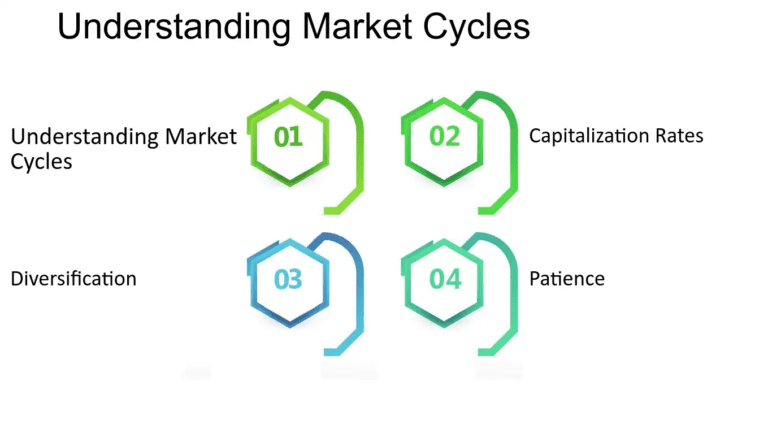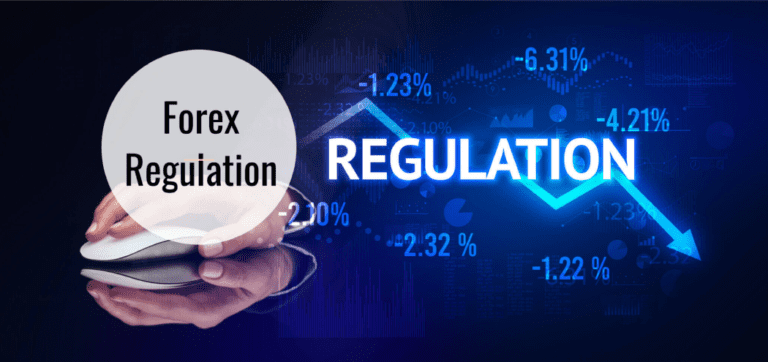- Forex trading, or the foreign exchange market, is the largest and most liquid market in the world. With a daily trading volume exceeding $6 trillion, it offers immense opportunities for traders. However, navigating this market requires a keen understanding of market cycles, a critical aspect that can significantly influence trading success. This guide delves into the future of forex trading by exploring market cycles and providing key takeaways for traders to enhance their strategies.
Understanding Market Cycles
- Market cycles in forex trading refer to the recurring phases that currency pairs go through over time. These cycles are influenced by various factors, including economic indicators, geopolitical events, and market sentiment. Understanding these cycles helps traders predict potential price movements and make informed decisions.

The Four Phases of Market Cycles
1. Accumulation Phase
- This phase occurs after a market downturn when prices stabilize. Smart money (institutional investors) begins to accumulate positions quietly, anticipating future price increases. This phase is characterized by low volatility and trading volumes.
2. Uptrend or Mark-Up Phase
- During this phase, prices start to rise as more investors recognize the potential for profit. Increased trading volumes and positive market sentiment drive the prices up. This is often the longest phase and presents numerous buying opportunities.
3. Distribution Phase
- In this phase, early investors start to take profits, leading to a stabilization or slight decline in prices. Trading volumes remain high, but the bullish sentiment begins to wane. This phase can be tricky as it might signal the end of the uptrend.
4. Downtrend or Mark-Down Phase
- This is the bearish phase where prices decline significantly. Negative sentiment dominates the market, and trading volumes can vary. This phase often ends with a capitulation, where prices drop sharply before finding a bottom.

The Future of Forex Trading
- The forex market is continuously evolving, driven by technological advancements, regulatory changes, and global economic shifts. Here are some key trends shaping the future of forex trading:
1. Algorithmic and AI Trading
- Algorithmic trading and artificial intelligence (AI) are revolutionizing the forex market. These technologies analyze vast amounts of data to identify trading opportunities with high precision and speed. AI can adapt to changing market conditions, making it a powerful tool for traders.

2. Increased Accessibility
- Technological advancements have made forex trading more accessible to retail traders. With user-friendly platforms and educational resources, more individuals can participate in the market. Mobile trading apps enable traders to manage their portfolios on the go, ensuring they never miss an opportunity.

3. Regulatory Developments
- Regulations are becoming stricter to protect investors and ensure market integrity. Regulatory bodies are implementing measures to enhance transparency and reduce risks associated with high-frequency trading and market manipulation. Traders must stay informed about these regulations to remain compliant and protect their investments.

Key Takeaways
- Understand Market Cycles : Recognizing the phases of market cycles helps traders identify potential entry and exit points, reducing the risk of making poorly timed trades.
- Embrace Technology : Leveraging algorithmic trading and AI can enhance trading strategies and improve decision-making processes. Staying updated with technological advancements is crucial.
- Stay Informed : Keep abreast of regulatory changes and economic indicators that can impact the forex market. Knowledge is power in the fast-paced world of forex trading.
- Diversify : Consider integrating cryptocurrencies and other assets into your trading portfolio to mitigate risks and seize new opportunities.
- Continuous Learning : Forex trading is a dynamic field. Continuous education and staying updated with market trends are essential for long-term success.




